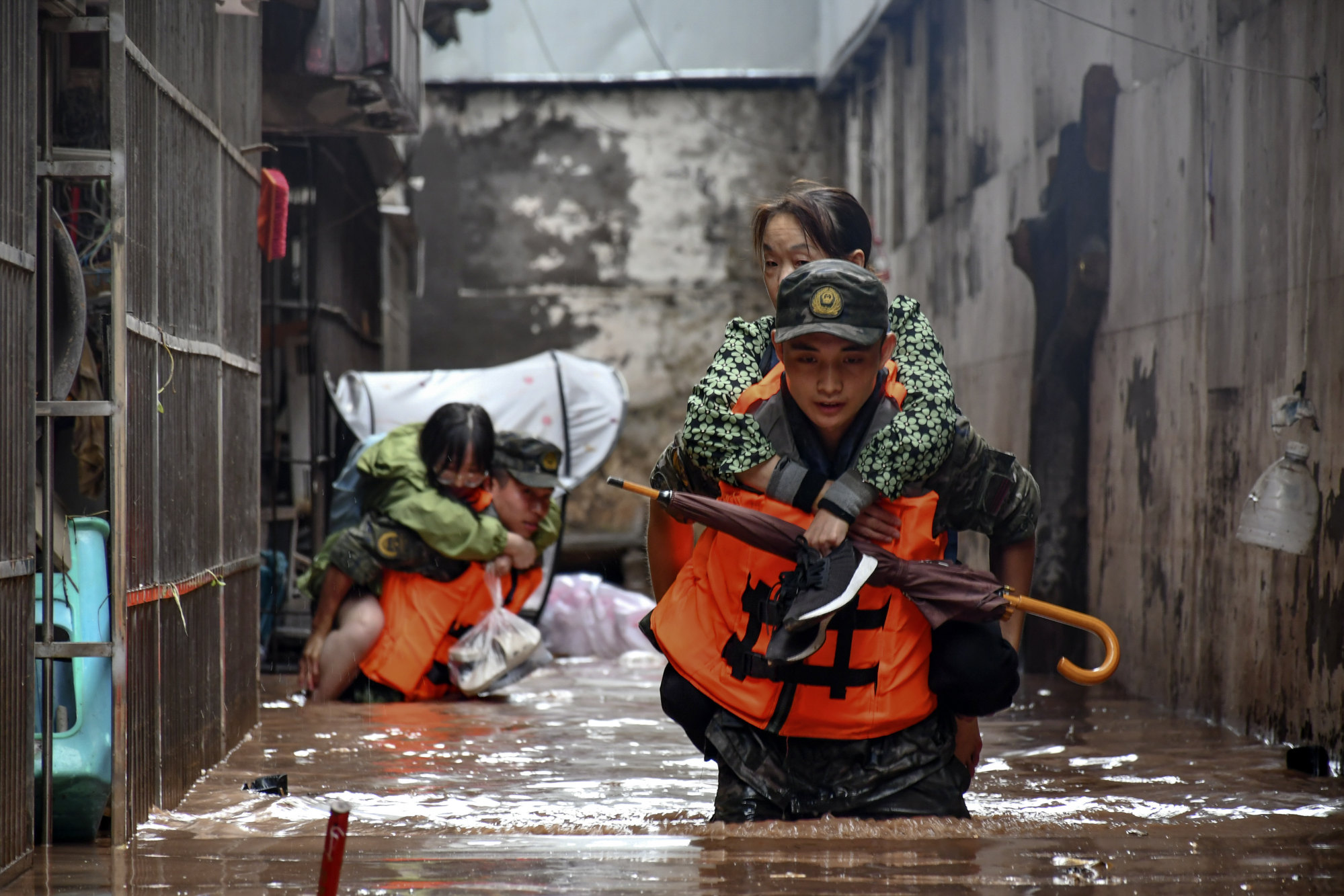Drought, floods, typhoons imperil crops and power as extreme weather spoils China’s summer

Eastern, western and central China will see temperatures that are 1 to 2 degrees Celsius above average over July, according to the climate centre, compared with 0.7 degree higher-than-normal across the country last month.
The increased risk of heatwaves may reduce output of crops such as cotton and rice, Jia Xiaolong, another deputy director at the climate centre, said at the briefing. Eastern China, meanwhile, is set to experience severe rainfall and flooding this month, raising the risk of secondary disasters like landslides, he said.
The high temperatures are set to boost electricity consumption as people use air conditioners more. The National Energy Administration warned on Thursday about the risks to power infrastructure and production from extreme weather and asked grid operators to ensure safe and reliable supply. However, the high rainfall will push up hydropower generation this year and raise profits of producers including China Yangtze Power, according to Bloomberg Intelligence.
China is already grappling with record precipitation, while the southeast is being hit by more typhoons than usual, according to the centre, which is forecasting one or two tropical cyclones to hit the region this month. Major rice-growing areas in the south have been soaked by flooding, while droughts further north have damaged wheat and delayed corn and soybean planting.